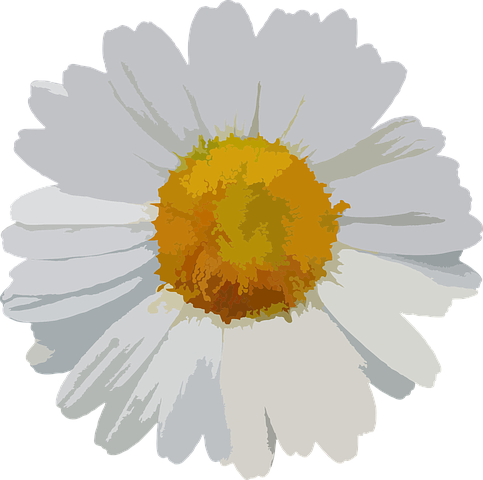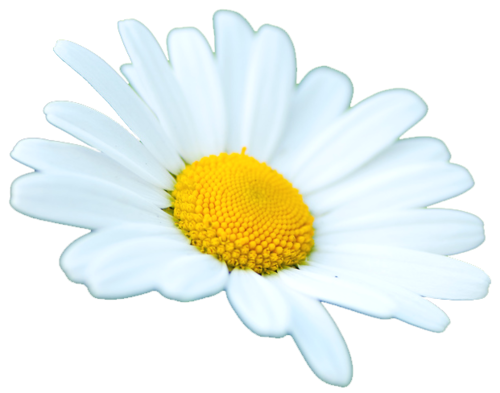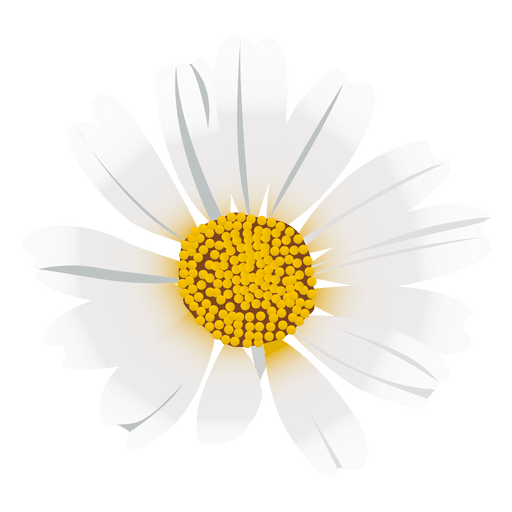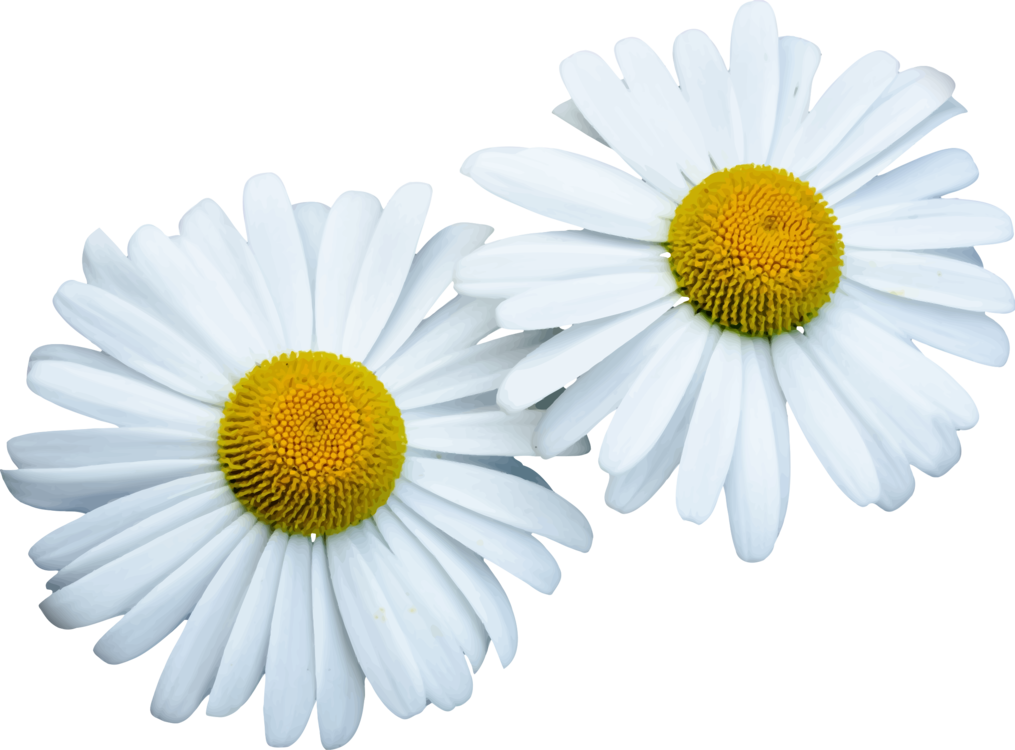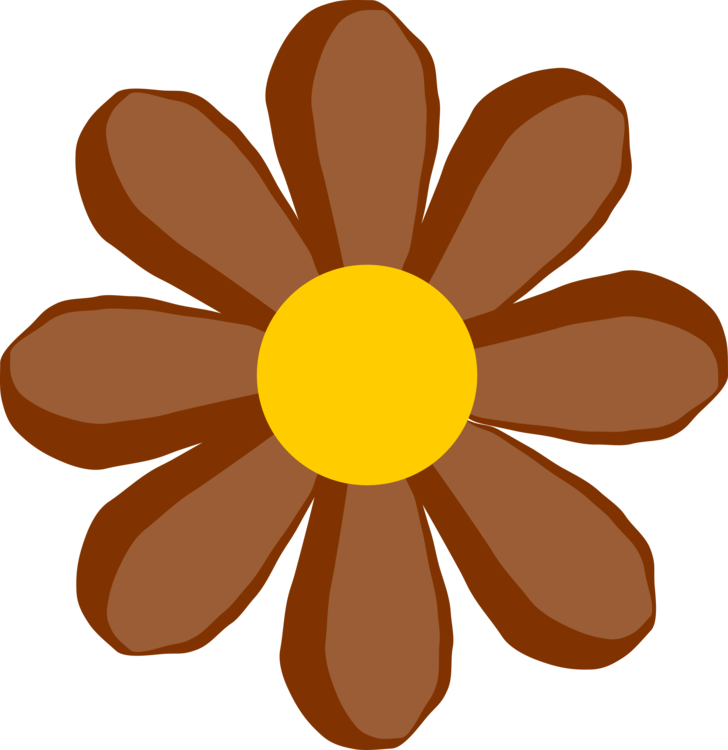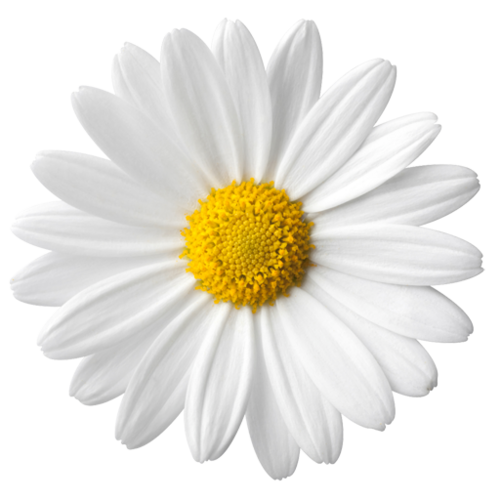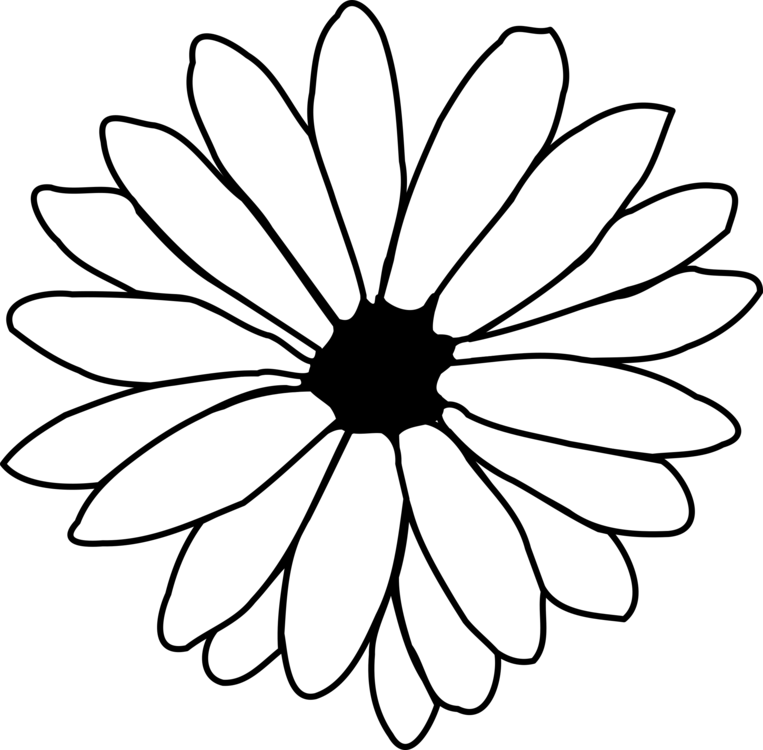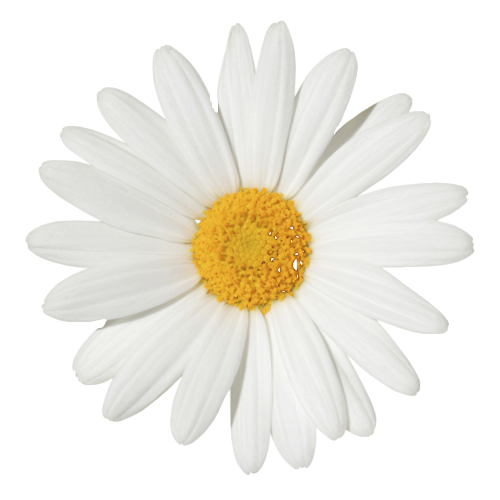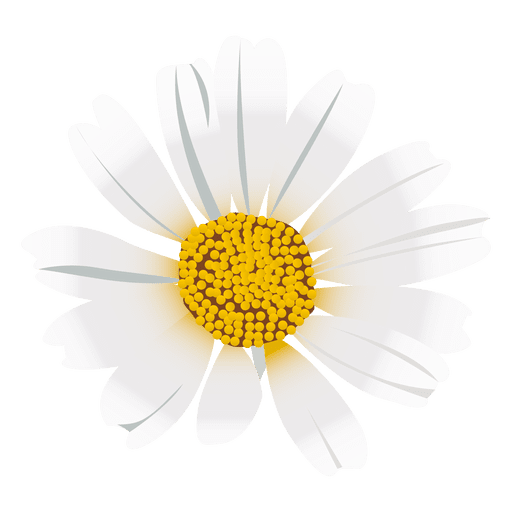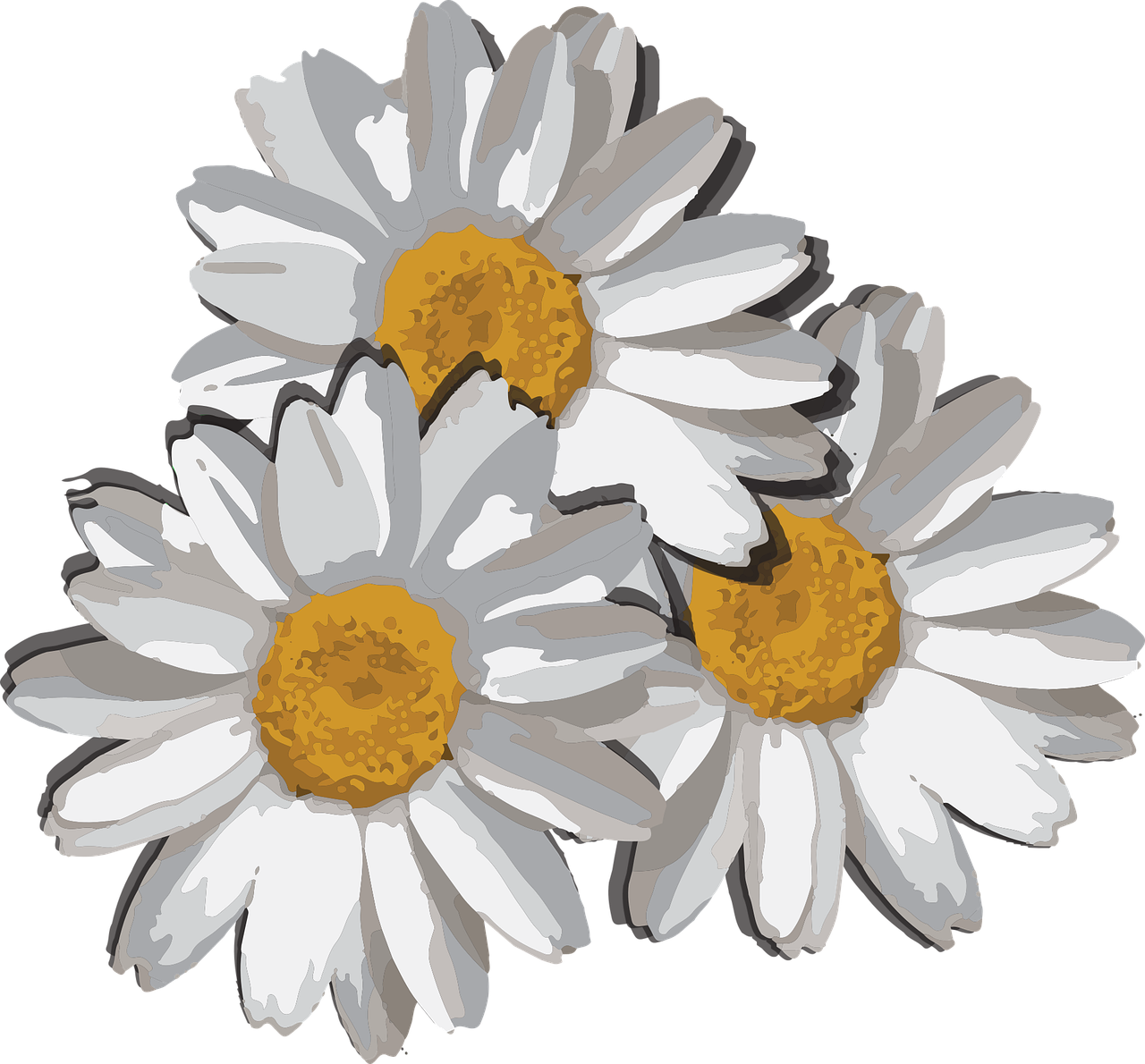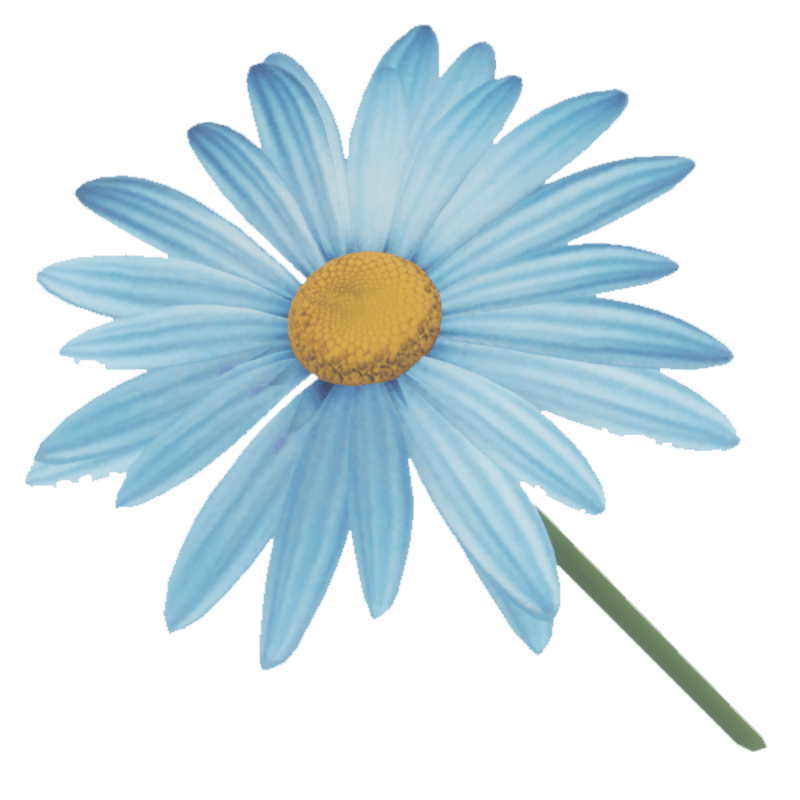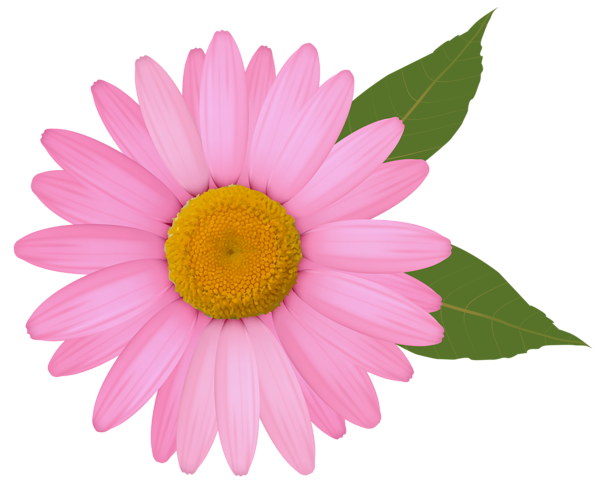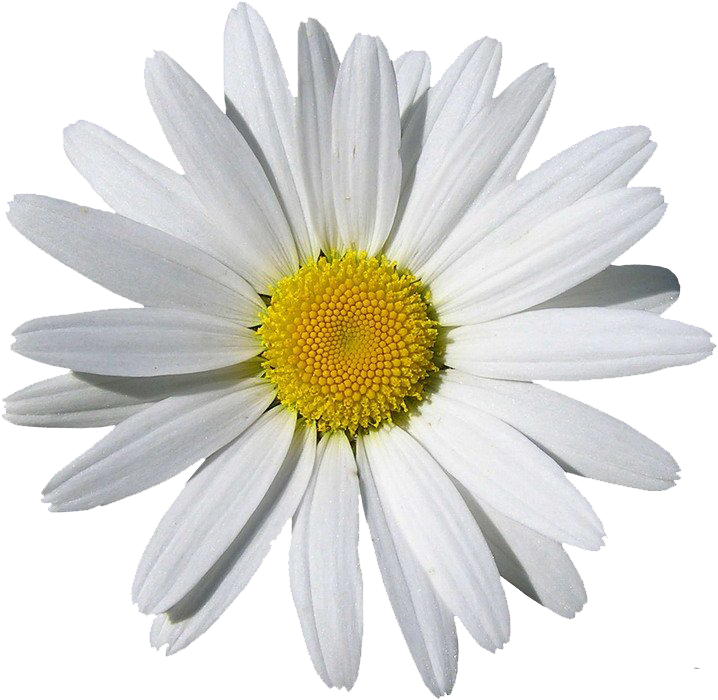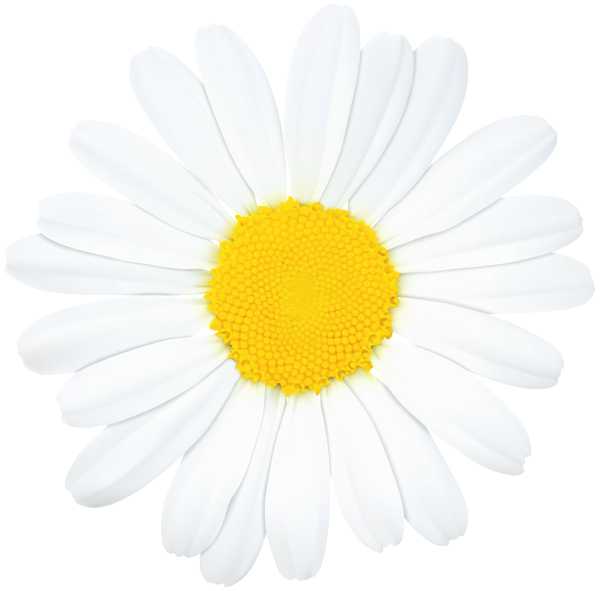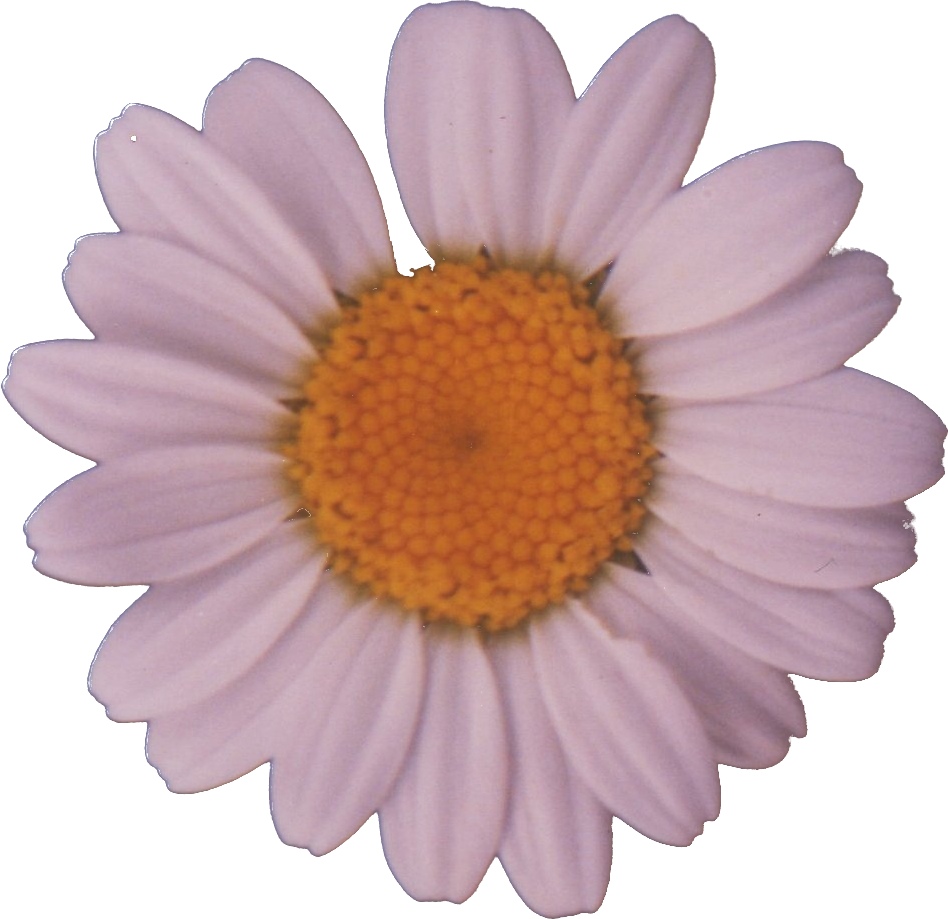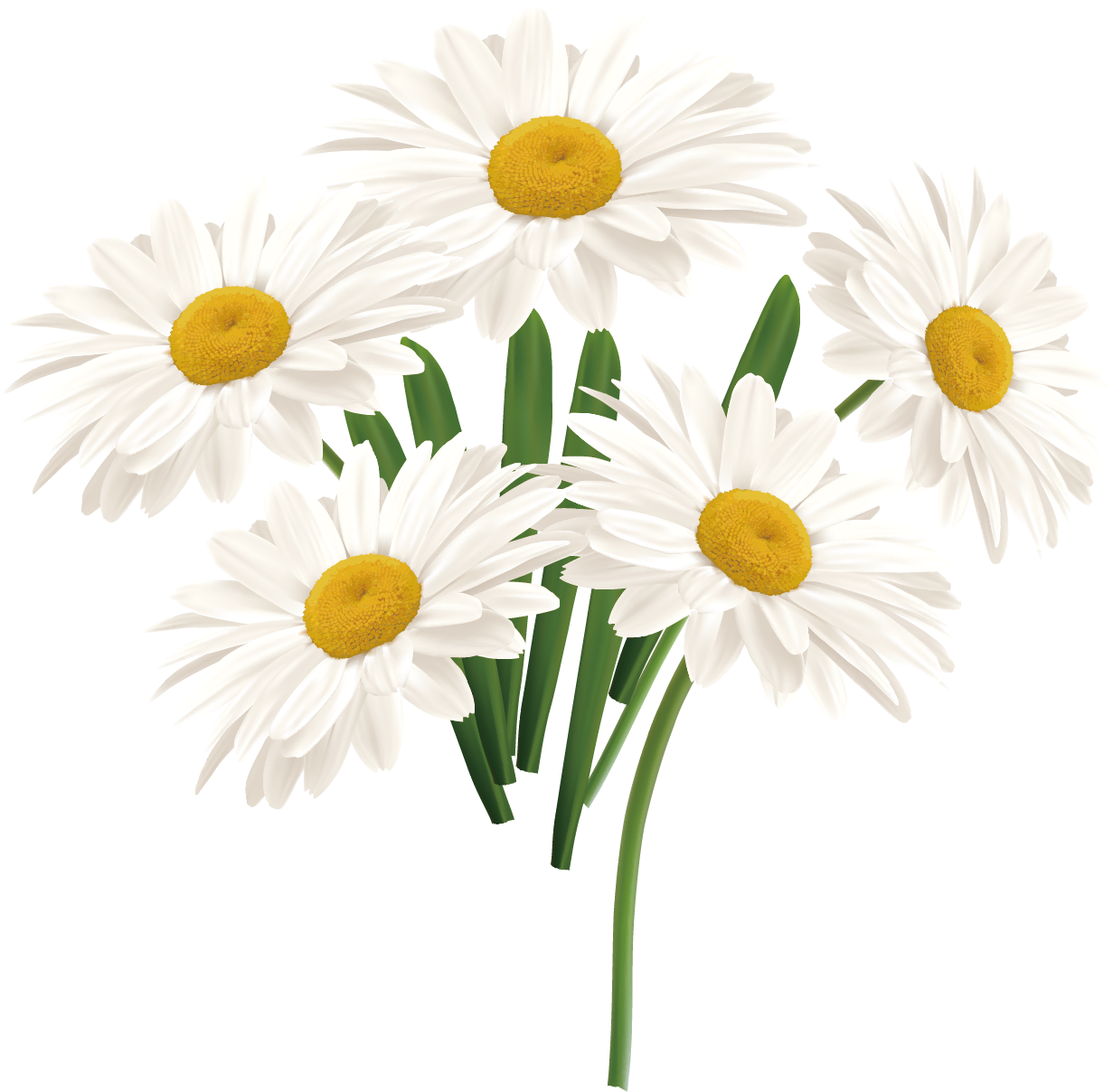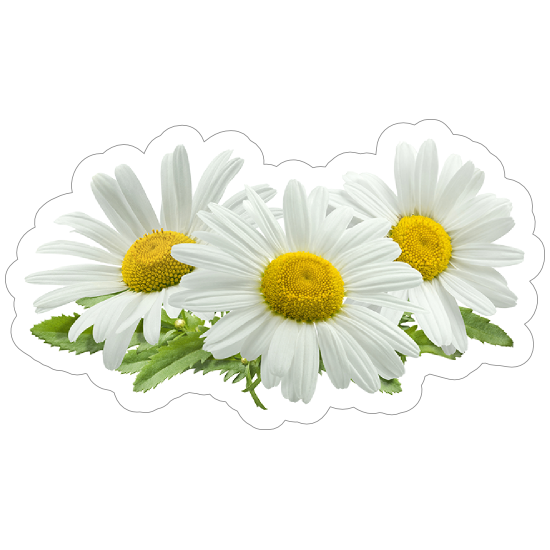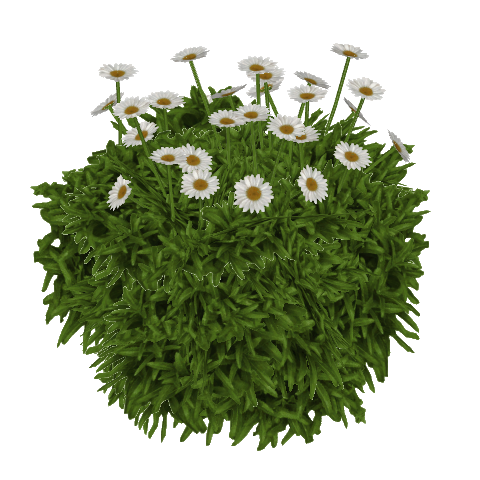Download top and best high-quality free Common Daisy PNG Transparent Images backgrounds available in various sizes. To view the full PNG size resolution click on any of the below image thumbnail.
License Info: Creative Commons 4.0 BY-NC
The daisy, Bellis perennis, is a widespread European plant of the Asteraceae family that is frequently regarded as the quintessential species of that name. This species is also known as common daisy, lawn daisy, or English daisy to distinguish it from other “daisies.” Historically, it was also known as bruisewort and, in rare occasions, woundwort.
B. perennis is native to western, central, and northern Europe, as well as distant islands such as the Faroe Islands, but it has spread throughout most temperate areas, including the Americas and Australasia.
It’s a perennial herbaceous plant with short creeping rhizomes and rosettes of tiny rounded or spoon-shaped leaves that grow flat to the ground and are 3/4 to 2 inches (about 2″5 cm) long. The plant thrives in lawns and is difficult to eliminate with mowing – thus the name ‘lawn daisy.’ The flowers follow the position of the sun in the sky, a phenomenon known as heliotropism.
The flowerheads are composite pseudanthiums with numerous sessile blooms with white ray florets (sometimes tinged crimson) and yellow disc florets, about 3/4 to 1-1/4 in (around 2″3 cm) in diameter. Each flower is carried on a single leafless stem that is 3/4 to 4 inches tall (about 2″10 cm), occasionally 6 inches tall (approximately 15 cm). Two rows of green bracts called as “phyllaries” surround the capitulum, or disc of florets. The achenes are pappus-free.
Bellis perennis blooms from early to midsummer, although it has a lengthy flowering season when cultivated in perfect conditions and will even produce a few flowers in the middle of mild winters.
It may be grown in full sun to partial shade in USDA Zones 4″8 (i.e. when minimum temperatures are over 30 °F (34 °C)) and requires little to no maintenance. It is reported to have no severe insect or disease concerns and may be grown in most well-drained soils. After the last frost, the plant can be reproduced by seed or division after flowering.
Despite the fact that it is not native to the United States, the plant is nonetheless valued as a ground cover in some garden settings (e.g., as part of English or cottage inspired gardens, as well as spring meadows where low growth and some color is desired in parallel with minimal care and maintenance while helping to crowd out noxious weeds once established and naturalised).
There are several single- and double-flowered variants under cultivation, with flat or spherical blooms in a variety of sizes and colors (1 cm to 6 cm) (red, pink & white). They are commonly cultivated as biennial bedding plants from seed. In the spring, they are also available as plugs.
Although most plants are self-fertilizing, certain plants may be self-sterile.
Download Common Daisy PNG images transparent gallery.
- Common Daisy No Background
Resolution: 483 × 480
Size: 137 KB
Image Format: .png
Download
- Common Daisy PNG Background
Resolution: 500 × 393
Size: 157 KB
Image Format: .png
Download
- Common Daisy PNG Clipart
Resolution: 512 × 512
Size: 48 KB
Image Format: .png
Download
- Common Daisy PNG Cutout
Resolution: 1015 × 750
Size: 475 KB
Image Format: .png
Download
- Common Daisy PNG File
Resolution: 473 × 798
Size: 173 KB
Image Format: .png
Download
- Common Daisy PNG Free Image
Resolution: 728 × 750
Size: 81 KB
Image Format: .png
Download
- Common Daisy PNG HD Image
Resolution: 500 × 500
Size: 197 KB
Image Format: .png
Download
- Common Daisy PNG Image File
Resolution: 763 × 750
Size: 69 KB
Image Format: .png
Download
- Common Daisy PNG Image HD
Resolution: 500 × 500
Size: 190 KB
Image Format: .png
Download
- Common Daisy PNG Image
Resolution: 512 × 512
Size: 95 KB
Image Format: .png
Download
- Common Daisy PNG Images HD
Resolution: 1280 × 1190
Size: 767 KB
Image Format: .png
Download
- Common Daisy PNG Images
Resolution: 800 × 800
Size: 156 KB
Image Format: .png
Download
- Common Daisy PNG Photo
Resolution: 600 × 494
Size: 182 KB
Image Format: .png
Download
- Common Daisy PNG Photos
Resolution: 718 × 700
Size: 476 KB
Image Format: .png
Download
- Common Daisy PNG Pic
Resolution: 600 × 591
Size: 197 KB
Image Format: .png
Download
- Common Daisy PNG Picture
Resolution: 948 × 919
Size: 808 KB
Image Format: .png
Download
- Common Daisy PNG
Resolution: 1231 × 1208
Size: 810 KB
Image Format: .png
Download
- Common Daisy Transparent
Resolution: 550 × 550
Size: 203 KB
Image Format: .png
Download
- Common Daisy
Resolution: 2000 × 2000
Size: 232 KB
Image Format: .png
Download
- Common Daisy Background PNG
Resolution: 480 × 480
Size: 283 KB
Image Format: .png
Download
